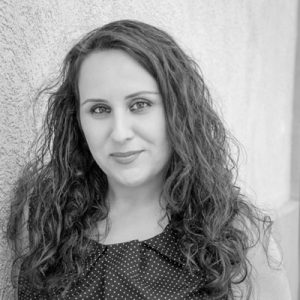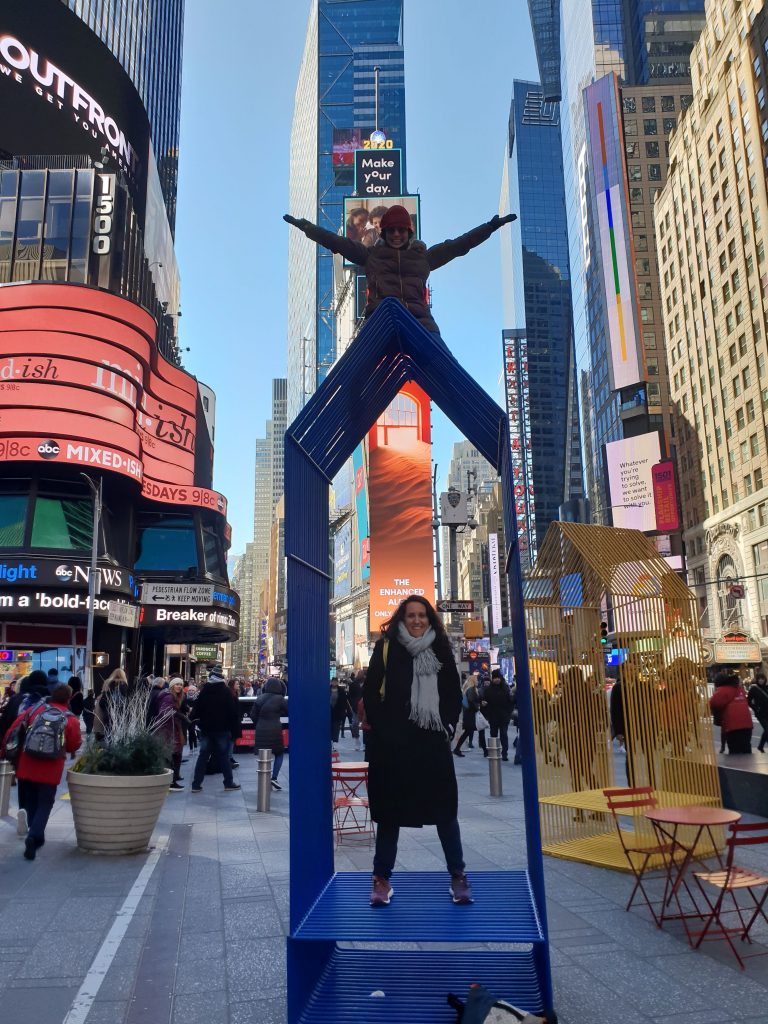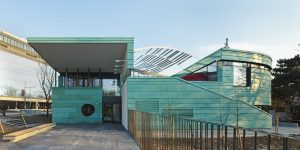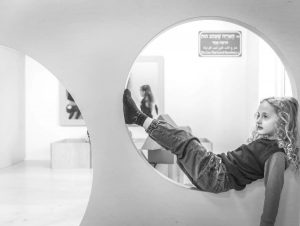So Far Away
Another hot Israeli summer , and with COVID-19 still hanging around, it’s not clear when we’ll be able to fly anywhere. I look at the photos from my visit to NYC this past winter, a mere few weeks prior to COVID-19 breaking out there, and it now all seems so far away. It’s hard to imagine how cold it was back then, and it’s become strange to see so many people packed in so densely, walking around without face masks. It all seems surreal; a moment before the world stopped.
A New York state of mind
Michelle and I always meet in interesting cities. Although in truth, when you have a friend who’s more like your missing American twin sibling, and with whom you can talk for hours, it doesn’t really matter where you meet. And yet it’s always nice to when we have in the background a great city filled with historic architecture, interesting art, and great food.
Every time we meet, it’s in a different city: once in Tel Aviv, known as the ”city that never stops” and indeed Michelle won’t stop missing it; Portland, a sneakily clever city that knows how to perfectly combine nature with an urban environment; and there was also that one time we found ourselves walking around a small enchanted town in Provence, where we seemed to be the sole tourists.
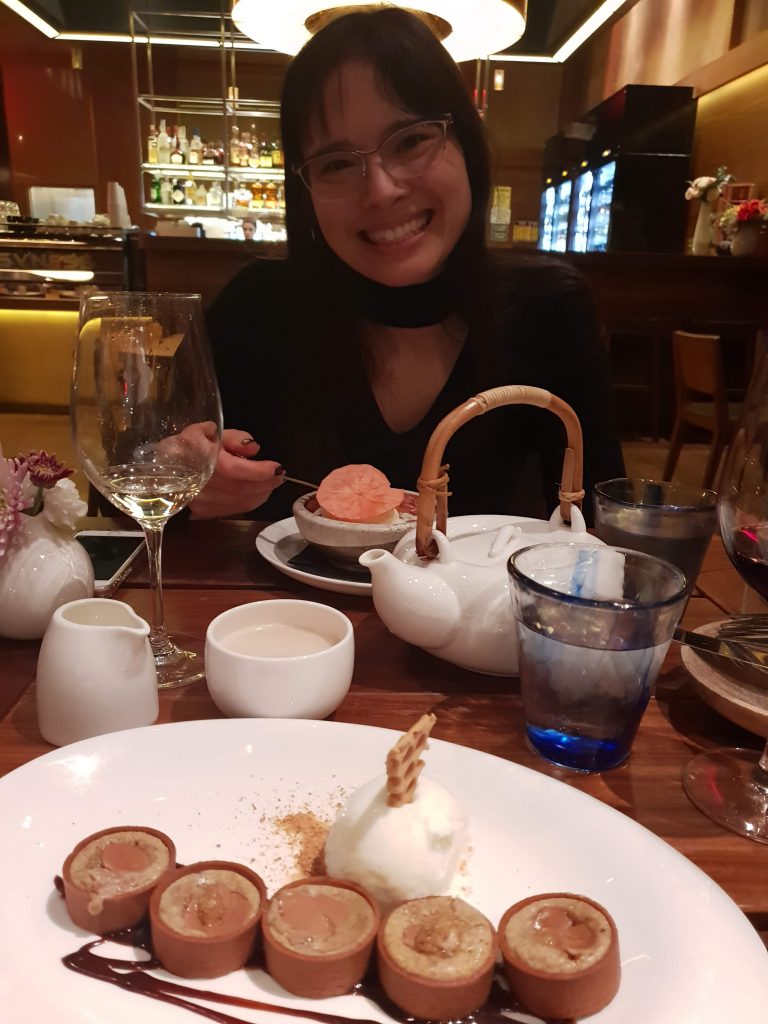
And New York?
I had always thought of New York as the perfect location for us to meet. I fall in love afresh with NYC each time I visit. And yet, somehow, Michelle and I never managed to meet there together.
Until, at last, after a decade of close friendship, we decided to make our dream come true. We planned our trip nearly a year before the COVID-19 outbreak, not knowing we would be amongst the last tourists visiting the NYC before it closed down.
Everything looked normal while we were there; the streets were full of tourists and food and action . Nothing suggested that in a mere two weeks’ time everything would shut down because of the pandemic. In mid-February 2020, COVID-19 seemed like a virus that would ”go away in April” as Trump foretold.
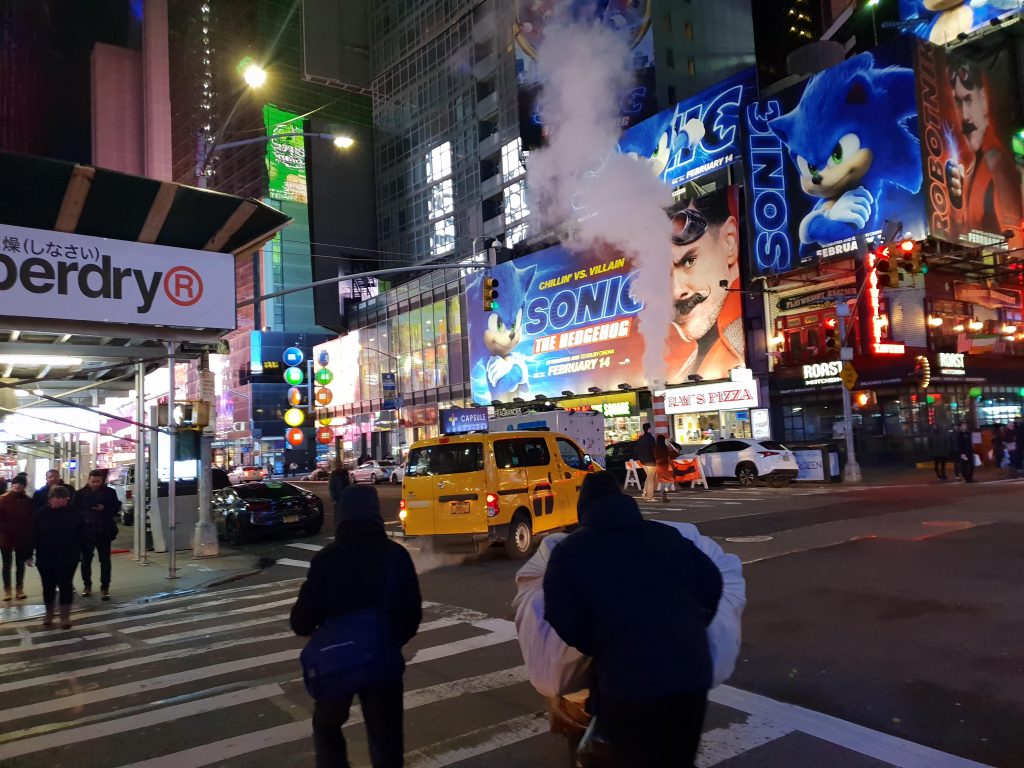
These vagabond shoes, are longing to stray
I felt sad seeing New York on the news in March, while I was at home in Israel with my family during the Israeli lockdown. It is unconceivable how so many people could die in such a short period of time in a single city.
The sight of New York during the pandemic was far different than any New York I’d known before. An empty Times Square, a closed Statue of Liberty. All the crowded places we had visited just a mere few weeks ago were now deserted. When the Statue of Liberty eventually reopened in June, there were more journalists on the first ferries than visitors.
Just like so many other places in the world, and with an economy that encompasses the largest municipal and regional economy in the United States, NYC is now trying to recover from the lockdown, the economic crisis, and the damage to businesses from the June protests.
Last year 67 million tourists visited New York, and the expectation was that this year the number would rise. But that prediction will take a while to realize. In a crowded city such as New York, where tourism is a vital industry, social distancing is a bitter pill to swallow.now doing it yet once again.

Will New York ever bounce back? ot according to James Altucher, a bestselling author and former hedge-fund manager who wrote a blog post saying that New York City is “dead forever”. Some of the things he says make a lot of sense. And perhaps there will be a snowball effect from businesses having employees work from home, a common concern for many metropolitan areas world-wide.
But I’m not here to make predictions, it’s neither my role nor my desire in this article. Rather, I’m here to share with you what it is that I love about New York. And one of those things is New York’s unique identity, that which makes it exactly and precisely NYC. And people love and are drawn to special identities, and because of that they don’t just go away.
If we look back at New York’s history, we see some common themes – including that this tough lady is used to landing on her feet. She did it after the raging crime in the 1970’s, after the 9/11 attack, after hurricane Sandy in 2012, and Dasia Moore of the Boston Globe believes she is
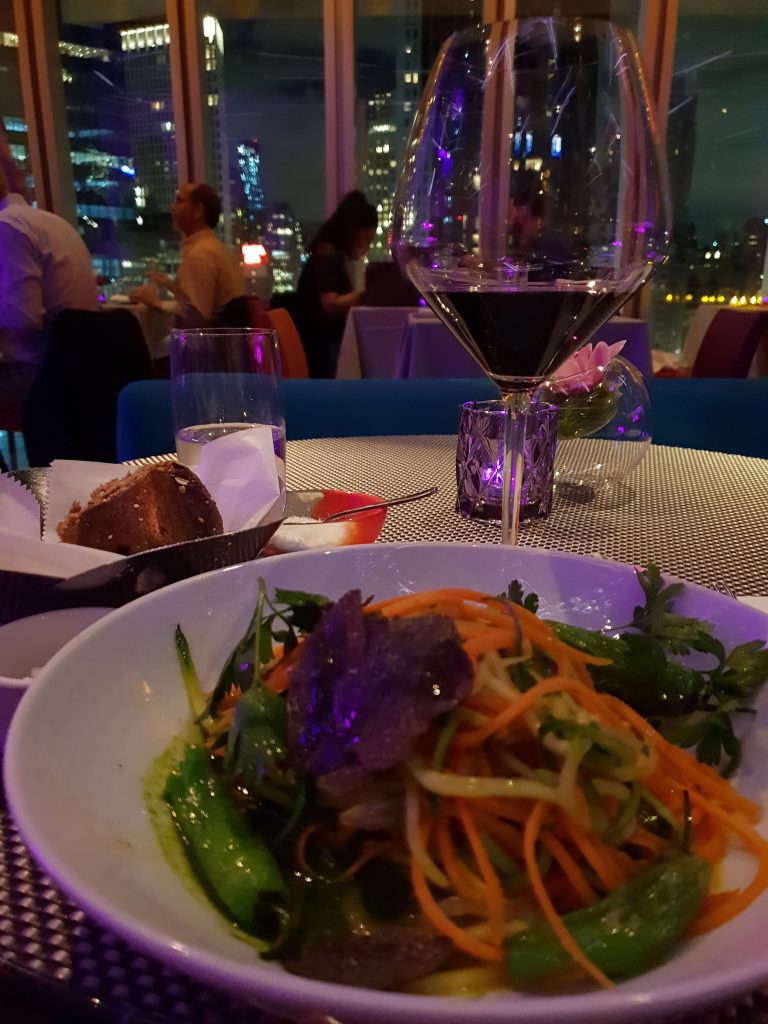
I want to be a part of it
What is it that makes New York what it is? What urban criteria make her the undisputed queen of the class? What makes her such a popular destination with a 45 billion dollar annual tourist industry? These are interesting questions, for if you look at all the qualities that assemble this mega-city separately, there’s actually a lot not to like.
The American author John Steinbeck once wrote that “New York is an ugly city, a dirty city. Its climate is a scandal, its politics are used to frighten children, its traffic is madness, its competition is murderous. But there is one thing about it – once you have lived in New York and it has become your home, no place else is good enough.”
It’s not a secret that New York is the city of opportunity and diversity. Ethnic diversity, sexual diversity, any and all diversity. And diversity means as an individual, you feel you are represented, and you feel a sense of belonging. It has so much of everything and if you choose, it can turn into your dream genie. Name the music, dance, art, or food you’re into, mainstream or utterly unique and unconventional, and it’ll be there for you in NYC.
We, for instance, had this crazy dream of dancing with professional Broadway dancers. And it just so happens that there’s this studio in New York to which you can go for a dance class with professionals, as long as you have a bit of dancing background and are willing to risk publicly humiliating yourself. We did it, and it was definitely a once in a lifetime extraordinary experience.
So the main question you need to ask yourself next time you visit NYC is not what you want to see, but rather, which dream you wish to realize.
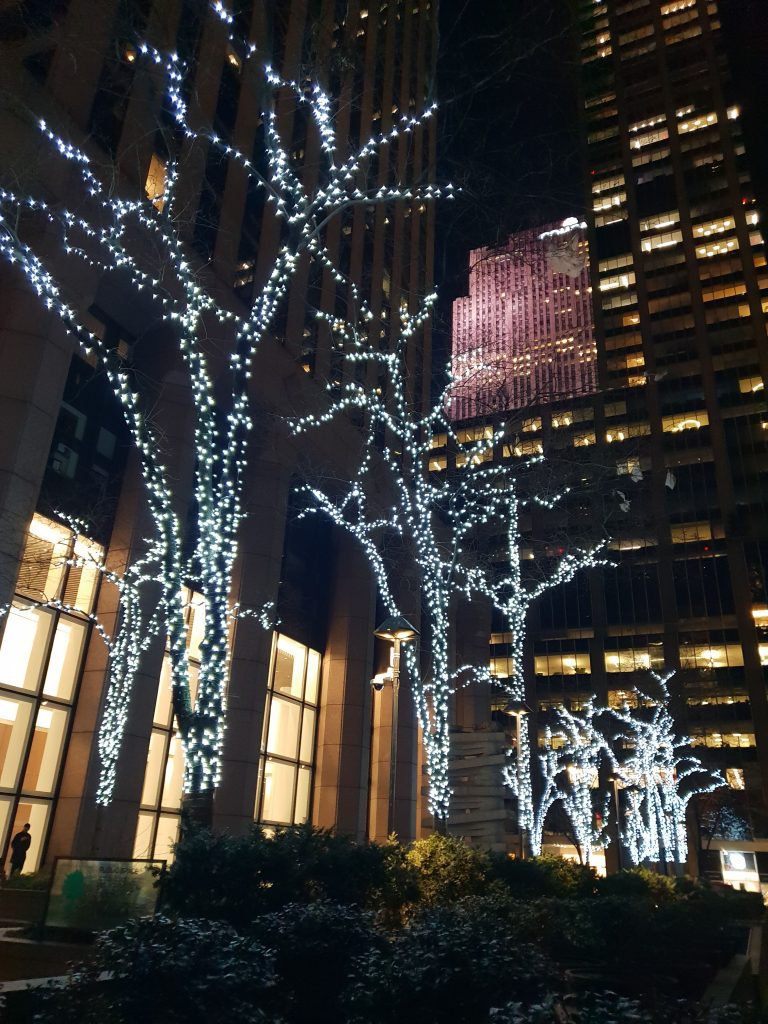
I want to wake up, in a city that doesn't sleep
But is diversity the main thing that makes this city what it is? Well, no. Because all this diversity wouldn’t even be possible were it not for the city’s unique urban atmosphere, and the inexplicable desire of so many to be part of it. And this desire has much to do with New York’s architecture, which a cornerstone of its identity.
The city’s urban uniqueness is mentioned in many songs, as you can see in the song titles I’ve used in this article, and its buildings have set the stage for numerous iconic movies and TV program. Some of these movies and programs were actually shot in NYC, whereas for others, New York provided the inspiration while filming took place in cities that yearn to be as attractive as their big sister. Seinfeld, Ross and Rachel spent endless hours filming in a Los Angeles studio which pretended to be the Big Apple.
This identity is bigger than most people appreciate. New York’s sky scrapers symbolize far more than simply NYC. The Twin Towers were the main target of the 9/11 attack not only because they were the tallest buildings in New York, but also because the sophisticated structures built from steel and glass and reaching beyond the clouds were a powerful symbol of the United States, as explained in Christopher Simpsons National Geographic article “Why symbols become targets”. Some claim that the Twin Towers were also a symbol of the Western world.
However, when we look at New York’s highly-identifiable skyline, it’s important to remember that in the beginning of the 20th century, NYC didn’t look anything like it does today.

Sex, lies and art deco – the story behind New York’s skyline
It’s easy to be mistaken by Ayn Rand’s book The Fountainhead, and view it as a book simply about architects. However, The Fountainhead, published in 1943, contains multiple overlapping narratives, including about philosophy, economy and ethics. It became the banner of many ideological movements, and remains a controversial book to this day.
The story told in the book is a tale that is repeating itself in different variations these days around the world, after also occurring 19 years ago when I began architecture school, as well as in the 1920’s and 1930’s, where the story takes place.
The book introduces us to two main characters who are both architects: Howard and Peter. Their story and the love triangle with Dominique tells the story behind the New York skyline, but this story is greater than merely being about architects and architecture. It’s a story about human nature, personal responsibility, and the society in which we live. And it is relevant to the reality in which we live today, more than ever.
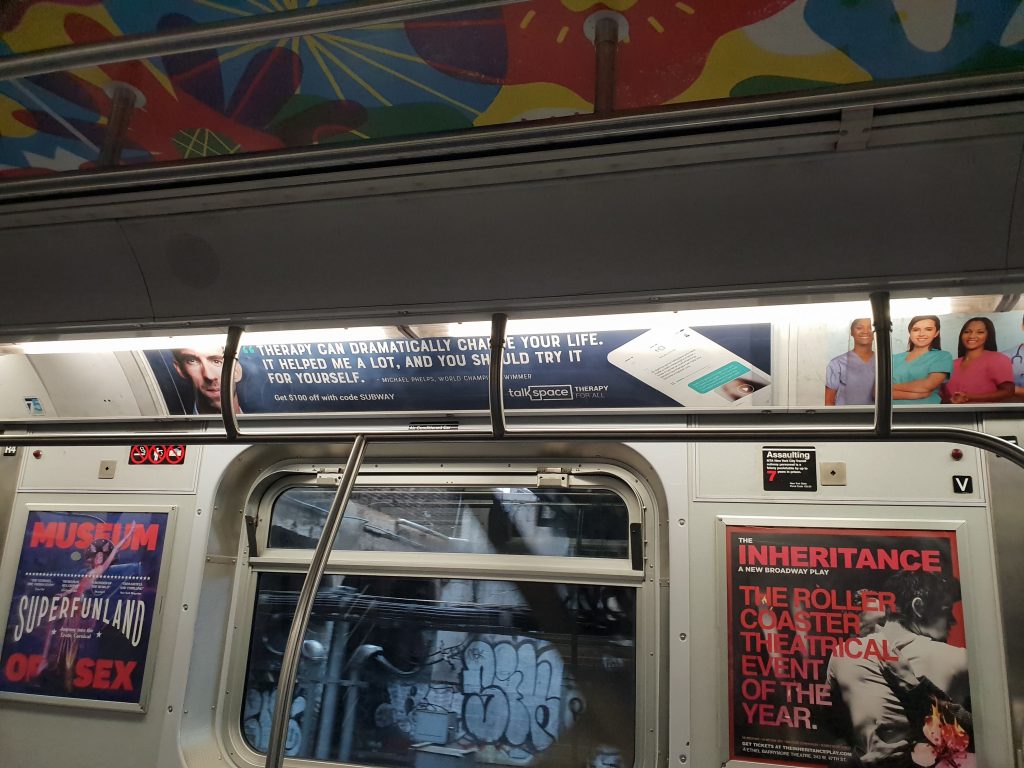
Why is it so?
Architects, and some would say people in general, can be divided into two types: some, like Howard, are driven by their desire to make a difference, and they won’t accept the current reality surrounding them as a predestination for they understand that they have the power to make things better. There are also the Peter types, who do only what others expect them to do rather than following their own personal interests, and who lack creativity and have no ethics of their own.
Ayn Rand’s writing could be accused as being dichotomous, creating characters that are either good or bad, idealists or conformists.
But we must remember that Rand is telling a story in order to send us an important message. The reader must empathize with Howard, who represents the modern American architects during the golden era of sky scrapers, as well as innovative people in general.
In New York, these innovating architects fought for their right to plan a smarter, better, modern architecture. This new style architecture came after the great fires in the 18th and 19th centuries which rendered extensive damage. The notion was that new modern architecture made from modern materials could be more fire resistant and thereby save lives.
The beautiful Art Deco sky scrapers are shaped the way they are not only for the purpose of being pretty. The main reason for their design is to allow high buildings to control the amount of shade and sunlight on the surrounding buildings and streets.
The modern architects in New York were innovators that understood that modern times require modern architecture. These tall buildings became the most recognizable contemporary buildings in the world, and sculpted New York into what it is today.
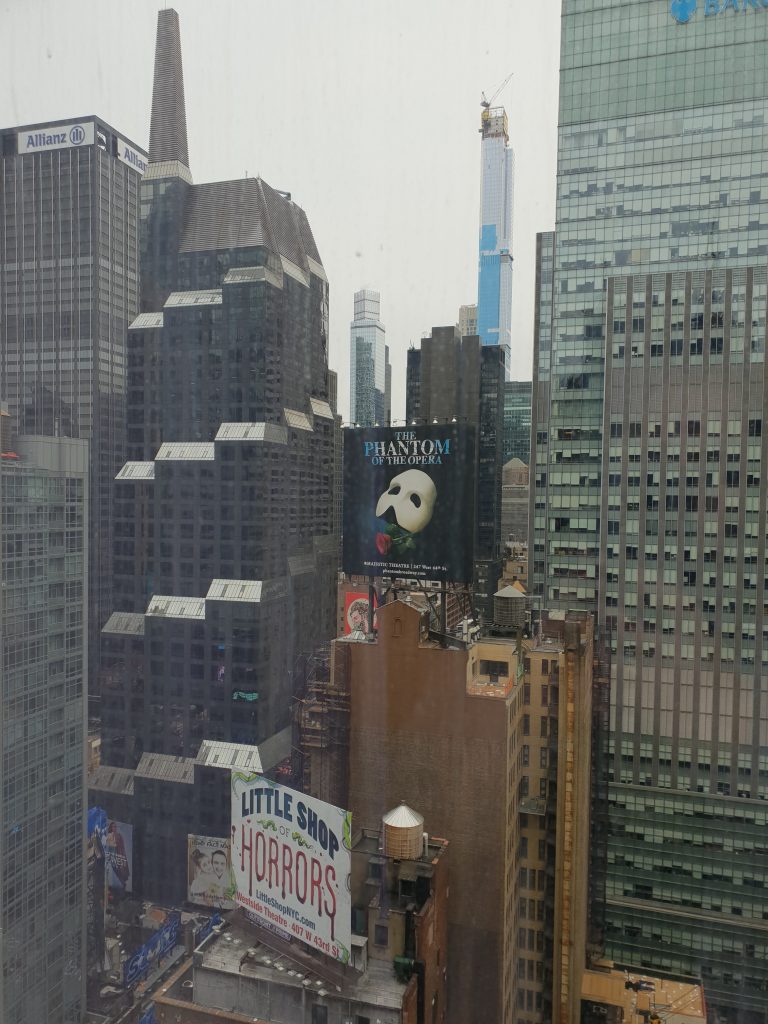
Innovating educational environments
When I began studying architecture at the age of 21, I was very naive, not realizing that being innovating like Howard in Rand’s book meant paying a steep price.
I didn’t realize it would mean spending five years being that student that always found herself having to convince her professors that reality needed to be changed. I knew this change was needed because as a child who had recently moved to London from Israel, I suddenly saw children flourishing in a different cultural, residential and educational environment than those which I had known in Israel, and this experience greatly impacted me, long before I even knew what architecture meant.
These days I find myself sometimes explaining to those skeptical Peters that are always out there why children in the 21st century need innovative educational facilities. I remind myself that 100 years ago, skyscrapers were this weird new thing, and in another 100 years’ time it will be obvious that educational facilities need to be planned totally differently than they currently are. It will be our great grandchildren’s reality if we just begin making this change today.
How does an award-winning NYC Preschool design look like?
My interview with the architect Ms. Alexandra Barker who has won design awards for her outstanding and innovating work, will be the subject of my next article.

